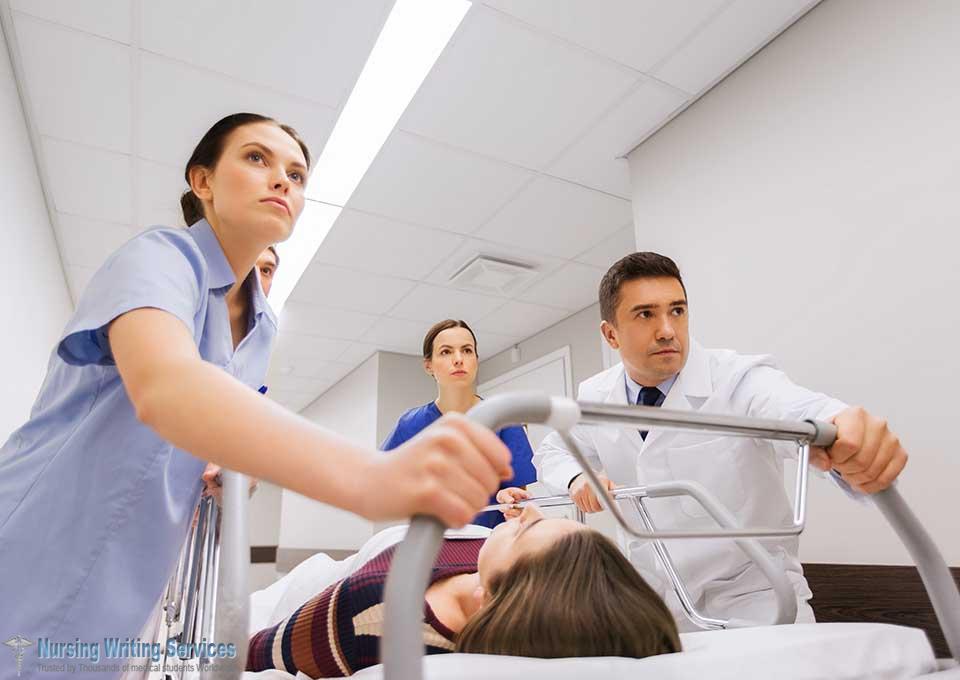
Importance of triage in relation to emergency care
Triage is a process of sorting or prioritizing the patients for treatment and care for depending on their needs for each to utilize the available resources in an emergency department. Triage helps to sort the patients based on their medical needs and treatment regarding their chances of benefiting from the care. Triage takes place in emergency rooms, wars, disasters when the medical resources are limited with a need for allocation to maximize the number of survivors.
Triage service is for patients who arrive at an emergency department in a health facility or those who telephone medical advice services. It is also an essential part of healthcare in medical emergencies elsewhere including disaster and pre-hospital settings.
The origin in this sense is in World War 1 where medical teams had to classify the wounded soldiers into these three groups:
- Those who could survive without getting medical care
- Those who could survive if they got care
- Those that are likely to die even aftercare
Experienced doctors have the confidence to treat as well as discharge their patients without the need for lengthy investigation after going through the report by triage nurses who conduct the initial assessment. Triage also helps in early detection of severe illness or injuries because of the early assessment.
Outcomes of Triage Evaluations about Emergency Care
Triage nurses will generally recommend one of the following after evaluating the condition of a patient in person or on a telephone.
1. Evacuation
In the medical field, triage sets priorities for evacuation or relocation of a patient to other facilities where there are better facilities to treat the existing condition.
2. Palliative care
Triage might recommend palliative care to calm a patient such as prescribing powerful painkillers to ease suffering. It is an action when the patients have a poor prognosis that shows they are likely to die regardless of the quality medical available to attempt their treatment. The gesture is reducing the pain they experience before they die.
3. Alternative care facilities
These types of facilities are places set up to facilitate care for a large number of patients or areas that can be set up for this purpose. Sports stadium, schools, and large camps are some examples of places that have space for preparation and use for care, holding and feeding a large number of victims during a casualty or an event that causes injury or a disease outbreak. Improvising such facilities requires cooperation with local hospitals which consider them to be a strategy for increased surge capacity. Patients prefer hospitals as their preferred destination when they need medical help, but during mass casualty event, improvised facilities are necessary to divert low acuity patients away from hospitals to prevent an overwhelm of the facilities and staff.
Types of Triage
I. Simple triage
Takes place at scenes of accident or mass casualty incidents to separate the causalities with minor injuries from those who are in a critical state that requires attention and fast transport to a hospital.
II. Advanced triage
Specialist's doctors and nurses in advanced triage can decide that there is no need to offer superior care to severely injured patients if they are unlikely to survive. The decision is to divert scarce resources to patients with a higher chance of survival to increase to avoid reducing their likelihood to live because of using little resources on those who will still die.
Use of advanced triage is only necessary when medical professionals notice that the resources on offer are not sufficient for treating all the people who require help. They prioritize treatment according to drugs, time to provide medical care and other limited resources.
III.Secondary triage
Secondary triage in advanced triage systems is when skilled paramedics, emergency nurses or battlefield medical personnel working at hospital emergency departments implement decisions during disasters when it is essential to sort people into different categories. They may elevate some crippling injuries to priority based on capabilities available. Modern approaches to triage are increasingly becoming scientific and technological advances.

